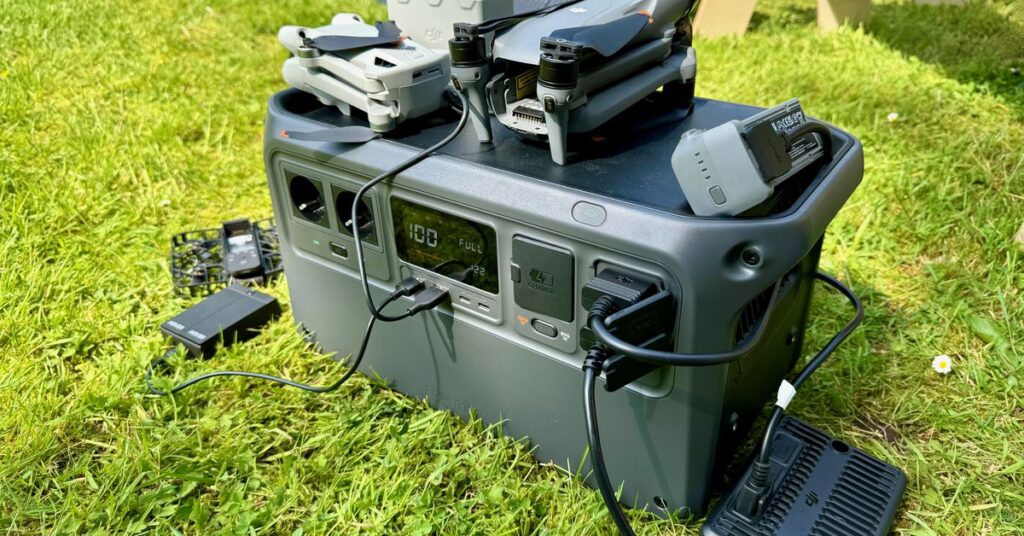DJI isn’t the first thing that comes to mind when you think of big batteries—quite the opposite, because the batteries that go into the company’s drones need to be as small and light as possible. But trying to find the right balance between weight, size, flight time and charging speed, the company has spent a lot of time getting ready to enter the power station market, launching the $599 Power 1000 and the smaller $379 Power 500.
DJI’s approach to portable charging stations is unique, I learned while testing its flagship Power 1000 . A modest 1024Wh battery cell made from LFP. It’s also one of the first power stations to feature a pair of 140W USB-C PD 3.1 outputs.
To keep the device as small and portable as possible, it eschews the other inputs and outputs that are standard in most power stations. Instead, DJI has developed a versatile “Smart DC” or SDC port that lets you add more I/O via a proprietary adapter. But these SDC ports can also charge DJI’s own drones faster than anything else on the market today.
Then my biggest problem is Who is this for? Just owners of compatible DJI drones or anyone looking to purchase a universal power station?
If you want to turn the Power 1000 into a fully functional solar generator, then you’ll need to buy a lot of DJI’s proprietary cables. If you want to charge the Power 1000 from the sun, you’ll need a $59 cable to connect to a chunky MPPT solar controller, or to charge it while driving through your car’s 12V cigarette lighter output, a $49 cable will be required. If you want to add a 12V DC output to your power station, you’ll also need to purchase a $22 cable. These include car charger ports that power devices like portable refrigerators, XT60 connectors that power RV lights, or chargers that power remote-controlled airplanes.
You’ll then need to purchase a $19 cable to quickly charge the Smart Flight Battery on a compatible DJI Matrice 30 Series, Air 3, Mavic 3 Series, or Inspire 3 drone. I tested my Power 1000 review unit using the DJI Air 3 because the battery used in another drone DJI sent me to test (the Mini 3 Pro) was incompatible with DJI’s SDC port.
Using the Power 1000 to charge the Air 3’s battery has one major advantage over other DJI charging solutions: speed. Unfortunately, since DJI doesn’t yet offer a multi-battery charging hub that’s compatible with DJI’s own SDC port, you can only charge one battery at a time using the SDC cable. Of course, you can buy a second SDC cable for $19.
In my testing, both SDC ports charged the Air 3’s battery at up to 124W, according to the display on the Power 1000, which is slightly less than the 125W DJI quotes. However, it only reaches this maximum charge rate briefly, which is to be expected. Charging from 0% to 90% takes 34 minutes, but the next 10% takes another 19 minutes, and charging from 0% to full takes 53 minutes – 9 minutes longer than DJI’s advertised 44 minutes. That’s still better than the 70 minutes it takes to use a DJI 100W USB-C charger.
I do like that the Power 1000 displays the instant charge percentage of the drone battery with two decimal places accuracy!
DJI says its other compatible drones can better utilize the Power 1000’s SDC port. For example, the power of Mavic 3 can reach 150W, the power of Inspire 3 can reach 200W, and the power of Matrice 30 series can reach 230W, easily beating DJI’s own USB-C fast charger. The SDC port can handle up to 400W input and 240W output.
Speaking of USB-C, DJI’s Power 1000 is one of the first power stations to feature dual USB-C PD 3.1 ports, allowing each connection to The maximum output of the port supports 140W) specification. I was able to confirm this with a random white label power bank purchased from Amazon, pictured above. Unfortunately, these USB-C ports are for output only, so they can’t be used to charge the power station.
The AC inverter is impressive and is expected to power most home appliances, including microwaves, space heaters, and window air conditioners—albeit only for a short time. It has a “steady output” rating of 2,200W and a “thirty second” rating of 2,600W. In my tests, I managed to pull a steady 2400W of power (using two hair dryers) for about one to two minutes before the device shut down gracefully and displayed a warning message on the display. I was then able to power the hair dryer at 2000 watts non-stop for a full five minutes before turning it off.
Charging the Power 1000 via an AC wall outlet has its unique features. A switch on the front lets you set the charging speed to 1200W or 600W. Even at maximum charging rates, the fan is extremely quiet—I measured just 26dB from a meter away, slightly higher than the 23dB quoted in the marketing material. DJI says it will charge to 80% in about 50 minutes, or 100% in 70 minutes — which is pretty much what I saw, plus or minus two minutes.
I should point out, though, that the Power 1000 seems to have a narrow temperature range for its 1200W maximum charging rate. I saw it regularly adjust charging power to 900W after a heavy test, which makes sense, and also after it sat idle for a few hours in a room where the temperature was just 63 degrees Fahrenheit (17 degrees Celsius).
- DJI’s SDC to MPPT solar adapter has a theoretical input power of 400W. However, the controller’s input range is only 12-30V, too low to connect to a single portable 400W panel, which typically produces at least 40V and could damage the station. DJI’s own Power 1000 solar array is equipped with 100W panels to reduce the risk of “overvoltage”.
- According to my testing, leaving the AC inverter on will drain a fully charged battery in about two days. By default, it shuts down after 30 minutes without load.
- You can combine SDC charging inputs for faster charging. For example, it can be charged via solar energy and a car cigarette lighter socket at the same time.
- However, you cannot charge via AC input and SDC input at the same time.
- The Power 1000 can act as a UPS for locations susceptible to power outages.
- There’s no iOS or Android app to remotely control or monitor the ports on the Power 1000, but there is a Mac or Windows app that can manage firmware updates—a process I found laborious the first time I performed it on my MacBook.
- While its fans are generally very quiet, producing 46dB of noise under heavy load, they spin down quickly once the load is removed.
- The display is rich in information and can be read indoors and outdoors.
1/18
If you’re a professional content creator and already own a DJI drone that can take advantage of Power 1000 (or Power 500) fast charging, there’s no reason to look elsewhere for a new charging station, especially if you just want to Charge up a simple mobile studio.
But if you’re looking for a versatile power station with a large solar input that can be used for any purpose, then you should probably look elsewhere. While the Power 1000 can certainly expand its input and output options with those versatile SDC ports, no one wants to manage all those adapters and risk getting stranded in the Outback after losing a cable sold by only one company .
The Power 1000 sells for $599 before adding any SDC adapters. It’s more expensive than the $499 EcoFlow Delta 2 and a bit cheaper than the $650 Bluetti AC180, both of which include all the inputs and outputs you’d need from a similarly sized battery, but fall short of DJI’s impressive ability to deliver 2200W of sustained AC output.
All photography by Thomas Ricker / The Verge

